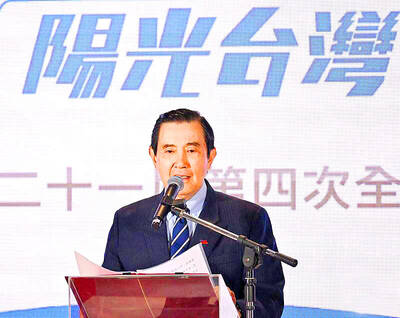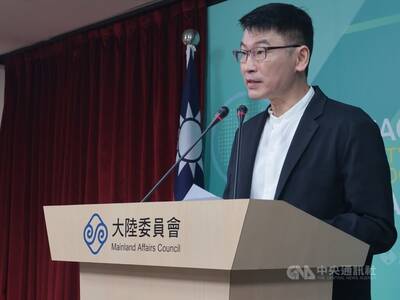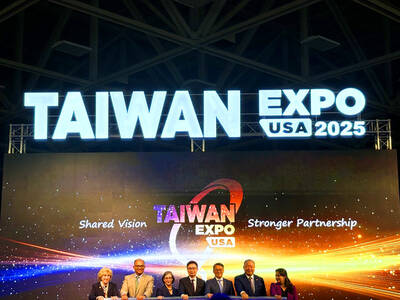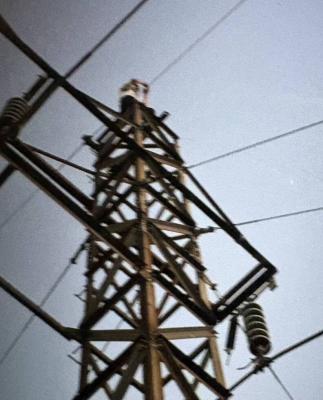Government officials have advocated “reforming” the Taiwan Railways Administration (TRA) following the nation’s worst train crash in decades — the derailment of a Taroko Express train in Hualien County on April 2 that left 49 people dead and more than 200 injured.
Such appeals are nothing new — official also called for TRA reform after a crash in Yilan County in October 2018 left 18 people dead, but not much has happened since.
However, the calls after the Taroko Express crash seem louder, focusing on the “corporatization” of the government agency.
“There is no reason to run a 21st-century public unit with a 19th-century mindset,” Society of Railway and National Planning chairman Ian Wu (吳易翰) said.
Founded in 1945, the TRA manages a nationwide railway system that dates back to the Qing Dynasty, Wu said, adding that its rigid recruitment practices and performance evaluations have for decades been criticized as outdated.
However, beyond calling for “corporatization” or “privatization,” improving train safety would require tangible changes to overcome the agency’s cultural, technological, organizational and financial barriers, experts say.
Last month’s crash was allegedly caused by negligence of a sub-contractor at a construction site alongside the tracks where the incident occurred.
Trying to remove a truck stuck in the bushes between the site and the tracks, the sub-contractor, Lee Yi-hsiang (李義祥), instead sent it hurtling down a slope, where it landed near the entrance to the Cingshuei Tunnel (清水隧道).
About a minute later, the ill-fated train slammed into it, derailed inside the tunnel and crashed into its walls.
Although the accident was allegedly the sub-contractor’s fault, it also highlighted the TRA’s passive organizational culture, said Li Kang (李綱), the convener of the Taiwan Transportation Safety Board’s Rail Occurrence Investigation Division, who is part of the team that is investigating the crash.
“The accident showed the TRA’s poor observance of standard operating procedures,” he said, adding that there should not be any work done near the tracks while trains were operating.
The contract between the TRA and the sub-contractor required that no work be done during the Tomb Sweeping Day long weekend, with the crash occurring on its first day, Li said.
Compounding the problem, Lee was not qualified for his task, and a third party was engaged to supervise the project, Li said, adding that this was the result of inadequate staffing and negligence.
The agency, dominated by a bureaucratic mindset, ignored “the project’s safety implications” because nobody in the agency thought it was their responsibility, Li said.
Echoing Li’s criticism, Wu said that structural change is needed.
“There has to be a clear system of rewards and punishment at every level so that employees have the right motivation,” Wu said.
Soon after the incident, many wondered if technology could have prevented the crash by alerting the train driver that there was an object on the tracks.
Deputy Minister of Transportation and Communications Chi Wen-chung (祁文中), who was formerly the agency’s acting director-general, said that the government was willing to invest NT$120 billion (US$4.29 billion) to improve the TRA’s safety infrastructure, including new trains featuring smart technology.
Li, who is also an associate professor at National Taiwan University, where he focuses on artificial intelligence (AI) employed in transportation systems, said that he is skeptical that “smart” applications, such as monitoring and signaling systems, would significantly improve safety, at least not under the given conditions.
“The TRA does not have the right people and the ability to use that data,” Li said, adding that even if it were to employ AI specialists, the poor condition of its tracks could lead to false alarms.
No technology can make a rail system foolproof, Li said.
However, Sung Hung-kang (宋鴻康), who until last year headed the TRA’s Rolling Stock Department, said that some basic automation, and greater commitment to safety and quality could make a big difference.
“Unlike the TRA, [French railway operator] SNCF has no rail inspectors and has fully automated track maintenance, which increases efficiency and reduces risks,” said Sung, who spent two years in France to study train safety technology employed there.
In France, the maintenance of trackbeds is largely automated, unlike in Taiwan, he said.
If more automated trackbed cleaning and track renewal equipment were employed, the condition of the tracks might improve to a point when AI-based safety systems become feasible. Recognizing problems in the system, the Cabinet has ordered the TRA to adjust its internal structure to improve safety management and fix its financial problems before “more models can be put on the table,” he said.
In the long term, the government said it favors “enterprization” instead of “corporatization” or “privatization,” without elaborating what that means.
With the TRA burdened by a deficit of NT$400 billion built up over its many years of operation, Li said that putting the agency on a firmer financial footing was necessary before safety can be improved.
“Any transportation operator with financial problems will inevitably have safety issues,” he said.
Lin Hsiang-sheng (林祥生), a former president of Taiwan International Airport Co and a member of a Cabinet task force convened after the TRA crash in 2018, agreed with Li on the deficits in the agency’s workforce.
Healthier finances through government support and a more flexible structure could help the TRA retain its talent and attract people from other public companies such as Taipei Rapid Transit Co and Taiwan High Speed Rail Co, Lin said.
Regardless of what path the TRA takes to address its problems, some form of organizational change would be necessary to remove major obstacles — inertia, mismanagement and the inability to use basic technologies — that continue to threaten the safety of its network, Lin said.

‘ANGRY’: Forgetting the humiliations and sacrifices of ‘the people of the Republic of China’ experienced disqualified Lai from being president, Ma Ying-jeou said Former president Ma Ying-jeou (馬英九) yesterday criticized President William Lai (賴清德) over what he called “phrasing that downplayed Japan’s atrocities” against China during World War II. Ma made the remarks in a post on Facebook on the 80th anniversary of the end of World War II. Ma said he was “angry and disappointed” that Lai described the anniversary as the end of World War II instead of a “victory in the war of resistance” — a reference to the end of the Second Sino-Japanese War (1937-1945). The eight-year war was a part of World War II, in which Japan and the other Axis

The Mainland Affairs Council (MAC) yesterday announced a ban on all current and former government officials from traveling to China to attend a military parade on Sept. 3, which Beijing is to hold to mark the 80th anniversary of the end of the Second Sino-Japanese War. "This year marks the 80th anniversary of the end of World War II and the Republic of China’s victory in the War of Resistance [Against Japan]," MAC Deputy Minister and spokesperson Liang Wen-chieh (梁文傑) told a regular news briefing in Taipei. To prevent Beijing from using the Sept. 3 military parade and related events for "united

‘OFFSHORE OPERATIONS’: Also in Dallas, Texas, the Ministry of Economic Affairs inaugurated its third Taiwan Trade and Investment Center to foster closer cooperation The 2025 Taiwan Expo USA opened on Thursday in Dallas, Texas, featuring 150 Taiwanese companies showcasing their latest technologies in the fields of drones, smart manufacturing and healthcare. The Taiwan External Trade Development Council (TAITRA), the event’s organizer, said the exhibitors this year include Hon Hai Precision Industry Co (Foxconn), the world’s largest contract electronics manufacturer; AUO; PC brand Asustek Computer; and drone maker Thunder Tiger. In his opening speech, TAITRA chairman James Huang (黃志芳) said he expected Texas to become a world-class center for innovation and manufacturing as US technology companies from Silicon Valley and Taiwanese manufacturers form an industrial cluster

A 20-year-old man yesterday evening was electrocuted and fell to his death after he climbed a seven-story-high electricity tower to photograph the sunset, causing a wildfire on Datong Mountain (大同山) in New Taipei City’s Shulin District (樹林), the Taoyuan Police Department said today. The man, surnamed Hsieh (謝), was accompanied on an evening walk by a 20-year-old woman surnamed Shang (尚) who remained on the ground and witnessed the incident, capturing a final photograph of her friend sitting atop the tower before his death, an initial investigation showed. Shang then sought higher ground to call for help, police said. The New Taipei